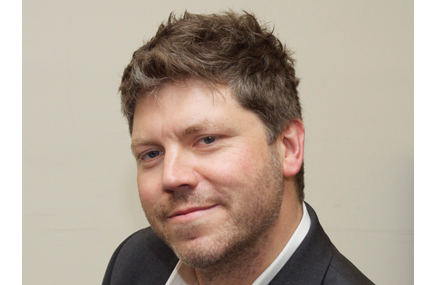On the opening morning of last month’s ePharma Summit, a senior exec from big pharma miked up and delivered one of the finest rants against his industry that I’ve ever heard. It was fabulous because his criticism was constructive, his arguments compelling, his solutions logical and his delivery crisp, fluid and engaging.
He admitted to having been wound a little tighter than usual because he had been forced to cancel a leisurely early morning coffee and instead join a call to discuss, of all things, one of his least favorite monikers: innovation.
“We talk about innovation as if it’s an object that you can create and bring to the table,” he said. “But we forget about the problem solving.” Besides, he said, we do not need to innovate in how we commercialize pharmaceuticals. “We’re drowning in innovation, but we need to reach out and partner a whole lot better.”
He insisted that the vast majority of pharma’s problems arise from a combination of “egocentric attitudes” and “historical structures.” The first step to breaking down these inherent hurdles is to draft in talent from other industries.
The problem, he said, is that companies tend to rotate their executives every 18-24 months. “We take a person out of their current job and we put them in a new one. And how do we choose that new role? On the basis that they’ve never done it before. Which means that at any given time, maybe 25%, 30%, 40% of your staff don’t know how to do their jobs. And we wonder why we are not innovating?”
He stressed the importance of dramatically shifting the mindset of industry leaders. “We have to open ourselves up, first to hiring outside of the industry, and then to partnering outside of the industry. We always want to build these capabilities for ourselves, but it’s just childish. We’re in business to research and develop drugs; the rest of the world can focus on those [other] interactions.”
The next stage, he said, is to put data at the center of marketing, at the very core of commercialization.
“We know more about our customers and we understand what they need from the [data] intersections that exist in this discipline,” he lamented. “And yet most of our energy is still spent building sales aids. But that’s the framework in which pharma thinks. We have so much in place that we have already used—processes, approaches, thoughts, programs—and all of it stares us in the face every day.”
Done right, he said, data and analytics can form the cornerstones of transformation.
“I guarantee that most of the companies you work with right now are spending 10 times as much on primary research than they do on harvesting what our customers are screaming at us every day. But once we harness that, everything else becomes ancillary.”
And from that point onward, he said, it’s about focusing on the patient. “Once you have that, it’s not about what you are going to create as innovation—that drives who you want to partner with to help you solve the problem.”
While our exec does believe the industry is making some progress, he is clearly frustrated by the slow pace of change. “We talk about it and we talk about it but we haven’t been able to make that change. The first to do it will win, and that will likely be a smaller startup because they can’t afford the historical, egotistical things that we have in place.”
From the March 01, 2014 Issue of MM+M - Medical Marketing and Media








